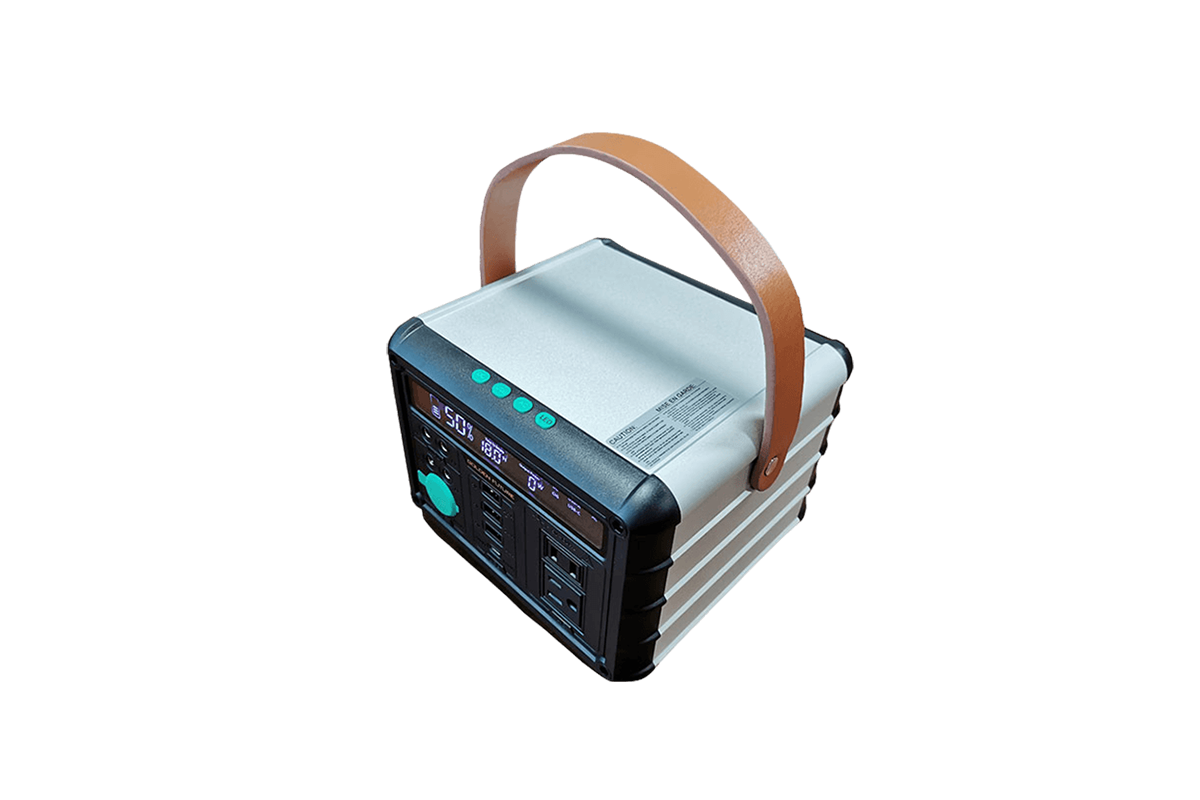

Time:2025-03-28 Views:1

The procurement of raw materials is the cornerstone of producing high - quality nickel - cadmium energy storage batteries. Nickel - cadmium batteries mainly consist of nickel - based active materials, cadmium - based active materials, electrolytes, and various auxiliary materials.
Nickel - based raw materials are crucial. High - purity nickel hydroxide is a commonly used positive - electrode active material. When sourcing nickel hydroxide, suppliers must ensure its high purity, typically above 99%. Impurities can significantly affect the battery's performance, such as reducing its charge - discharge efficiency and cycle life. The procurement process involves strict quality inspection of the nickel hydroxide. This includes chemical analysis to determine the purity, particle size analysis as the particle size affects the electrode's porosity and electrochemical reaction kinetics.
Cadmium - based materials, usually cadmium oxide or cadmium metal, are used for the negative electrode. Cadmium oxide should also meet high - purity standards. Since cadmium is a toxic heavy metal, environmental and safety regulations must be adhered to during its procurement and handling. Suppliers need to provide certificates of compliance regarding the origin and quality of cadmium - based materials to ensure they are sourced from environmentally responsible mines and processed in a way that minimizes pollution.
The electrolyte for nickel - cadmium batteries is often potassium hydroxide (KOH) solution. High - purity KOH is required, and its concentration needs to be precisely controlled. During procurement, the KOH solution should be tested for its purity, pH value, and the presence of any contaminants that could corrode the battery electrodes or affect the electrolyte's conductivity.
Auxiliary materials like separators, which prevent short - circuits between the positive and negative electrodes, are also important. Polypropylene or other non - woven materials are commonly used as separators. When procuring separators, their thickness, porosity, and chemical stability need to be evaluated. A separator with proper porosity allows the flow of ions between the electrodes while maintaining electrical isolation, and its chemical stability ensures it does not degrade during the battery's operation. Overall, careful raw material procurement is essential to guarantee the quality and performance of nickel - cadmium energy storage batteries.
Read recommendations:
lifepo4 portable power station company